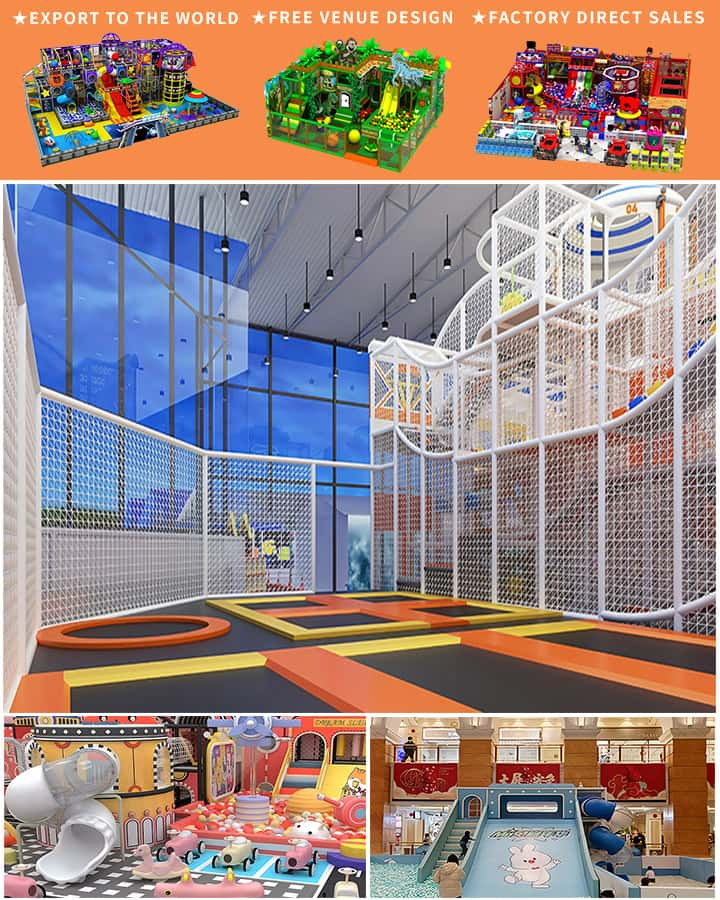Installing commercial playground equipment is a critical task that requires careful planning, precise execution, and adherence to safety standards. This comprehensive guide will walk you through the essential steps and considerations to ensure a successful installation that provides children with a safe and enjoyable play environment.
1. Site Preparation
Site Selection
The first step in installing commercial playground equipment is selecting an appropriate site. The location should be level, free of obstructions, and have proper drainage. Ensure there is enough space around the equipment to maintain safety zones, as per local regulations.
Site Assessment
Conduct a thorough assessment of the site, including soil quality and environmental conditions. If necessary, consult with a geotechnical engineer or other relevant experts. The ground needs to be stable and suitable for the foundation of the playground equipment.
Safety Zones
Establish safety zones surrounding the equipment. These zones are typically made of impact-absorbing materials like rubber mulch, wood chips, or synthetic turf. The size and type of safety surface depend on the height and nature of the equipment.
2. Planning and Design
Permits and Approvals
Before starting the installation, obtain all necessary permits and approvals from local authorities. This may include building permits, zoning permits, and inspections by health and safety departments.
Design Considerations
 Work with a professional playground designer or consultant to create a detailed plan. This plan should consider factors such as the age group of the children using the equipment, the types of activities the playground will offer, and accessibility requirements for children with disabilities.
Work with a professional playground designer or consultant to create a detailed plan. This plan should consider factors such as the age group of the children using the equipment, the types of activities the playground will offer, and accessibility requirements for children with disabilities.
3. Foundation Preparation
Excavation
Excavate the area where the foundations will be laid. The depth and dimensions of the excavation depend on the type and size of the equipment. Typically, holes are dug for concrete footings or base plates.
Concrete Foundations
Pour concrete into the excavated areas to create stable foundations. Follow the manufacturer’s guidelines for curing times before proceeding with the installation of the equipment.
4. Equipment Installation
Unpacking and Assembly
Carefully unpack all components of the playground equipment. Assemble the structures according to the manufacturer’s instructions. Ensure all parts are present and in good condition before beginning assembly.
Leveling and Securing
Once assembled, place the equipment on the prepared foundations. Use shims or adjustable feet to level the structures. Secure the equipment to the foundation using anchors or bolts as specified by the manufacturer.
Safety Checks
Perform initial safety checks during installation. Verify that all components are securely fastened, there are no sharp edges, and the equipment operates as intended. Make any necessary adjustments before allowing children to use it.
5. Surfacing Installation
Selecting Surfacing Materials
Choose an appropriate safety surfacing material based on the specific needs of your playground. Options include loose-fill materials like rubber mulch or wood chips, bonded rubber, or poured-in-place surfaces. Each has its advantages and disadvantages in terms of safety, maintenance, and cost.
Application
Apply the safety surface according to the manufacturer’s instructions. Ensure even distribution and the correct depth to provide adequate cushioning for falls. For loose-fill materials, regularly check and replenish the surfacing to maintain optimal safety.
6. Final Inspections and Maintenance
Professional Inspection
After installation, hire a professional inspector to conduct a thorough inspection of the playground. They will verify that all components meet safety standards and that the surfacing provides sufficient cushioning.
Routine Maintenance
Regular maintenance is crucial to keep the playground safe and functional. This includes checking for wear and tear, replacing damaged parts, and maintaining the surfacing material. Create a maintenance schedule and document all inspections and repairs.
Conclusion
Installing commercial playground equipment is a multifaceted project that requires meticulous attention to detail and strict adherence to safety standards. By following this guide, you can create a safe and enjoyable play environment for children, giving parents peace of mind and ensuring compliance with regulations. Remember, when in doubt, consult professionals who specialize in playground design and installation to guarantee the best results.




